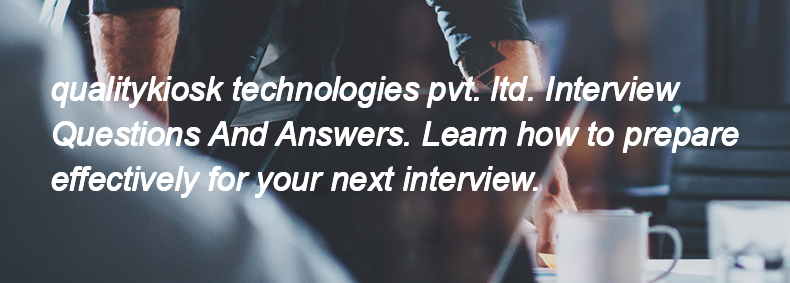Ques:- What is Adobe Experience Manager (AEM), and how does it support enterprise content management
Asked In :-
Rock Solid Solutions, Spadeworx Software Services, Muvi Entertainment, QUALYS SECURITY TECHSERVICES, Noesys Consulting, Ford India, Educe Solutions, Corent Technology, Code Genesis, Sanitation Districts of Los Angeles County,
Right Answer:
Adobe Experience Manager (AEM) is a comprehensive content management solution for building websites, mobile apps, and forms. It supports enterprise content management by providing tools for creating, managing, and delivering content across various channels, enabling collaboration, personalization, and efficient workflows to enhance customer experiences.
Adobe Experience Manager (AEM) is a comprehensive content management solution for building websites, mobile apps, and forms. It supports enterprise content management by providing tools for creating, managing, and delivering content across various channels, enabling collaboration, personalization, and efficient workflows to enhance customer experiences.

